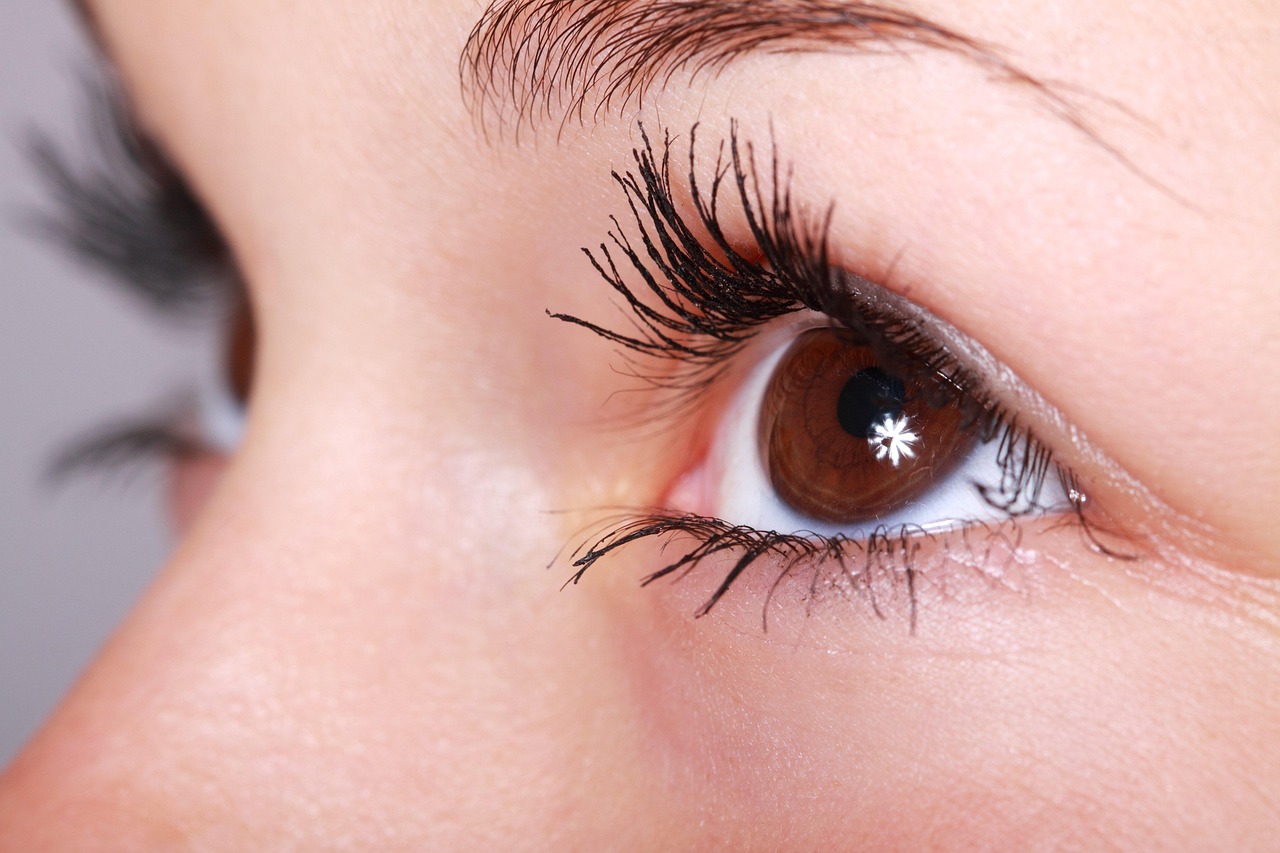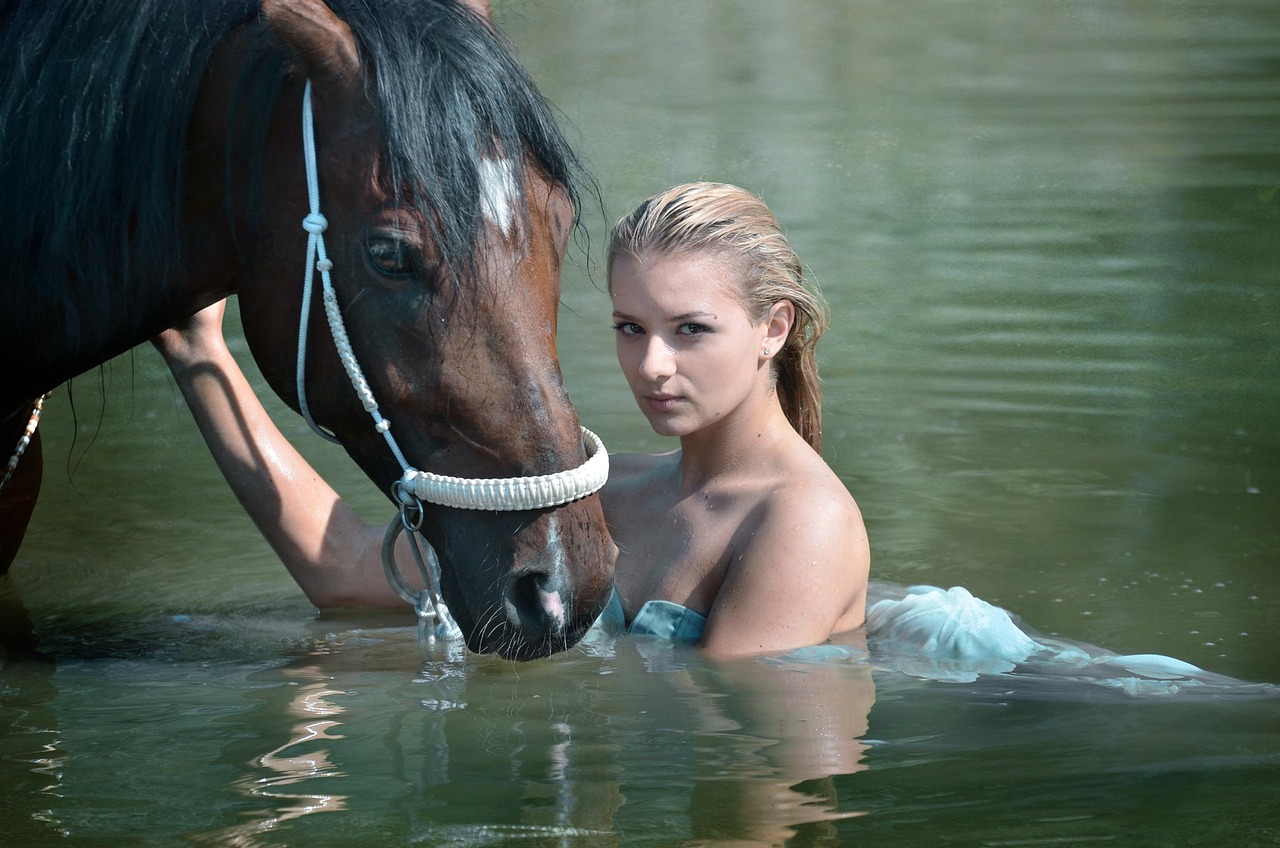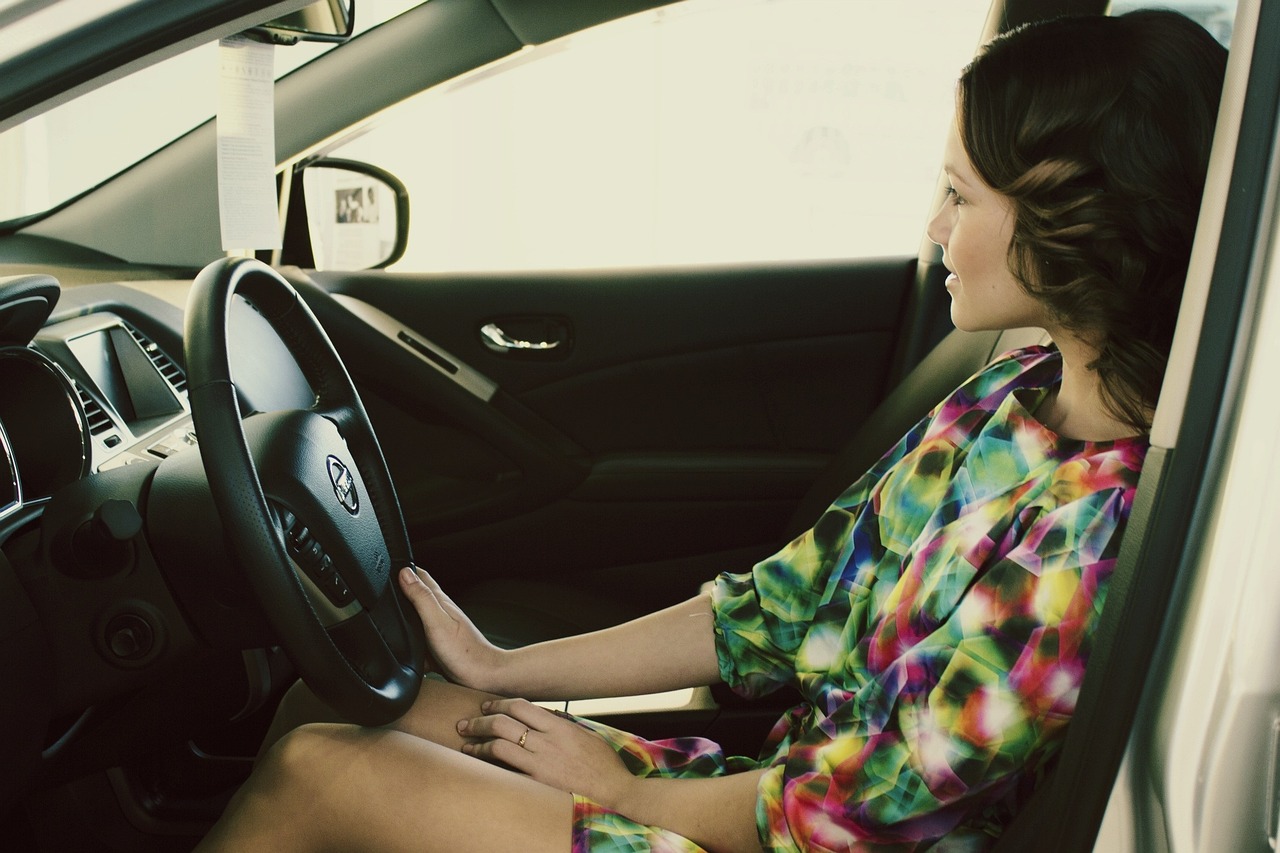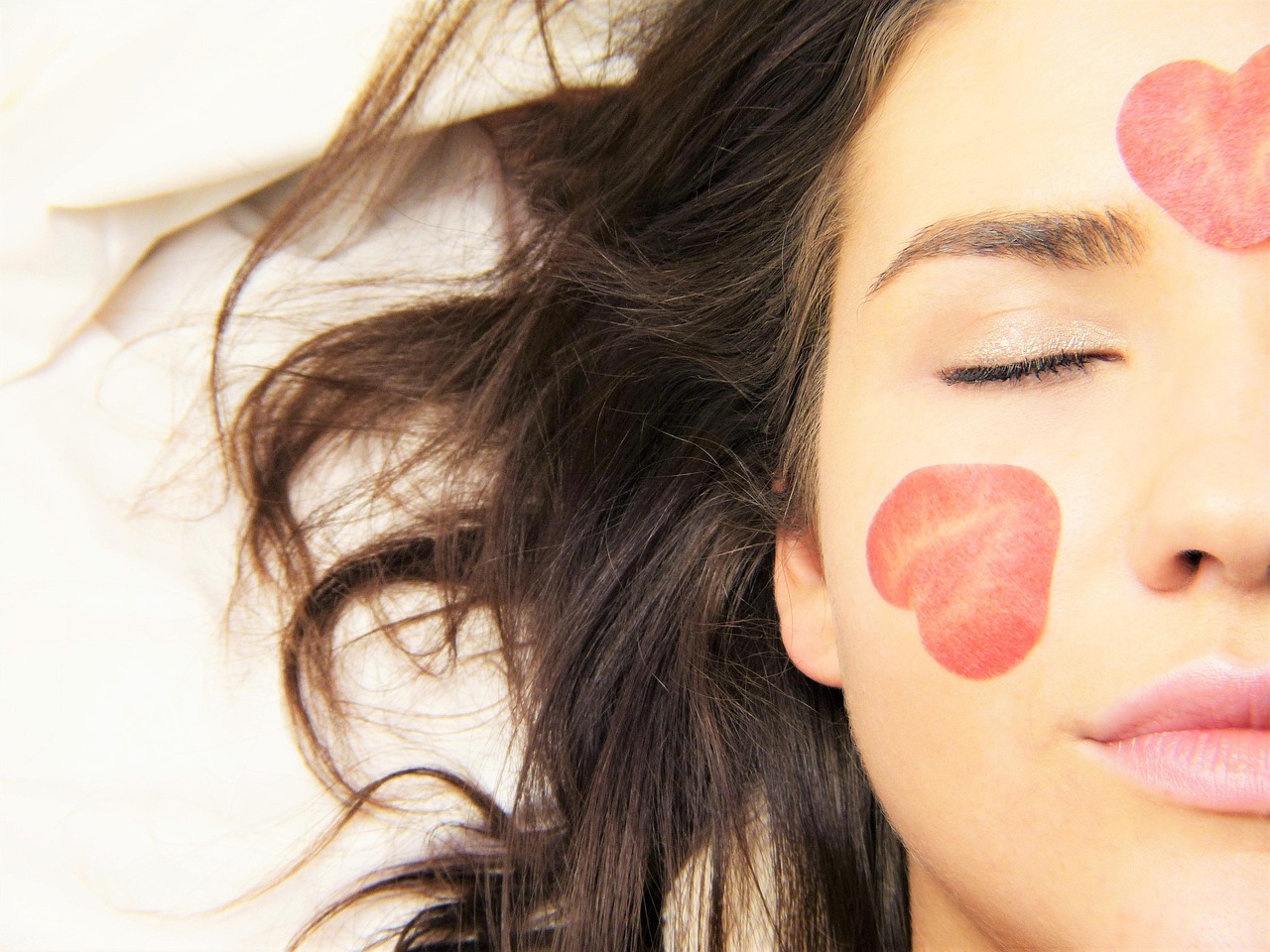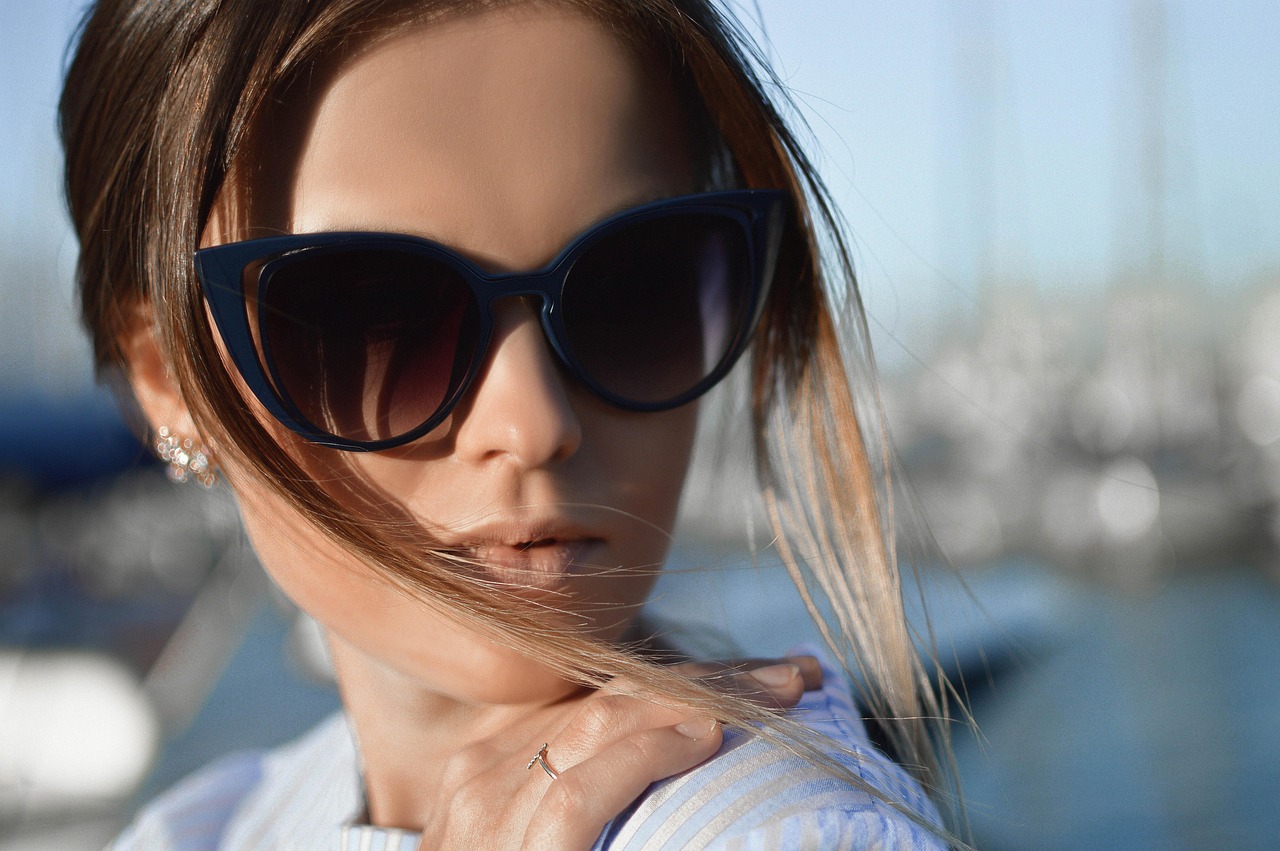
Fashion Moments That Changed the Industry Forever
Introduction
Fashion is not merely a reflection of society; it’s a powerful agent of change. Over the years, there have been several moments in the fashion industry that not only changed how we dress but how we view style, self-expression, and even societal norms. From the rise of haute couture to the power of celebrity-driven fashion in the 2000s, these moments have shaped and redefined the fashion landscape.
In this article, we’ll take a journey through the most transformative fashion moments that forever altered the industry, from the iconic “New Look” of Christian Dior to the influence of street style and digital platforms in the present day.
What Defines a Fashion Moment?
A “fashion moment” is more than just a trend; it’s a cultural shift. It’s when an event, a collection, or even a single outfit changes the way people perceive style and fashion. These moments often break away from tradition, challenge social norms, and inspire new ways of dressing, thinking, and living. A fashion moment is a pivotal event that becomes ingrained in the collective consciousness of the world.
The Rise of Haute Couture
The concept of haute couture has been synonymous with luxury and exclusivity since its inception in the 19th century. Haute couture houses like Chanel, Dior, and Givenchy pushed the boundaries of craftsmanship, elevating fashion into an art form. But it wasn’t until Christian Dior’s iconic collections in the mid-20th century that haute couture began to truly reshape the fashion industry.
The Impact of Christian Dior’s “New Look” (1947)
In 1947, Christian Dior unveiled his “New Look,” a revolutionary collection that introduced a return to femininity after the austerity of World War II. The collection featured soft shoulders, a nipped-in waist, and full skirts—luxurious and extravagant designs that broke away from the boxy, utilitarian clothing of the wartime era. Dior’s “New Look” was an instant success, sparking a fashion revolution that changed the trajectory of women’s clothing for decades to come.
The 1960s: The Birth of Mod Fashion
The 1960s were a period of rebellion, experimentation, and cultural revolution. In fashion, this era gave birth to the Mod movement—a style characterized by sharp lines, bold colors, and geometric patterns. The Mod look was youthful, fresh, and daring. It was the antithesis of the previous decade’s conservative fashion and embodied the changing attitudes of the time.
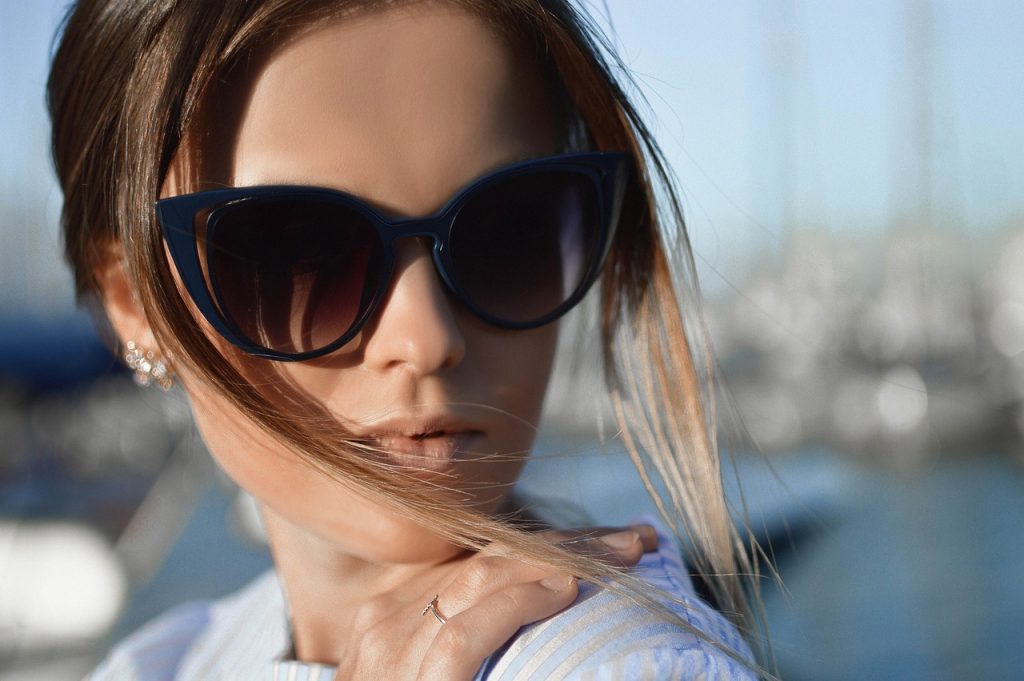
The Influence of Twiggy and the Mod Revolution
One of the most iconic figures of the Mod movement was model Twiggy. With her androgynous look and pixie haircut, she became the face of the 1960s fashion revolution. Twiggy embodied the spirit of the time—youthful, rebellious, and effortlessly stylish. Her influence stretched beyond fashion, inspiring makeup trends and changing the way women viewed beauty standards. Twiggy’s rise marked the shift from the curvaceous, hourglass ideals of the past to a more slim, boyish look that would dominate for decades.
The Power of Punk Fashion in the 1970s
Punk fashion emerged in the 1970s as an act of defiance against the mainstream, rejecting traditional notions of beauty and elegance. It was a chaotic blend of DIY aesthetics, torn clothing, leather jackets, and provocative slogans. Punk was more than just a style—it was a cultural movement that challenged authority, celebrated individuality, and rejected societal norms.
Vivienne Westwood and the Punk Aesthetic
One of the defining figures of punk fashion was British designer Vivienne Westwood. She was instrumental in shaping the punk aesthetic, using her designs to make political statements and disrupt conventional fashion. Westwood’s collaboration with the Sex Pistols, the iconic punk band, made her a household name and a symbol of rebellious fashion.
The 1980s: Power Dressing and the Rise of the Supermodel
The 1980s were defined by bold, structured clothing that symbolized power and success. The era of power dressing saw women adopting sharply tailored suits, shoulder pads, and dramatic silhouettes that conveyed authority. This was also the decade when the concept of the “supermodel” emerged, as a group of stunning women dominated the runway and fashion magazines.
The Iconic Influence of Naomi Campbell, Cindy Crawford, and Linda Evangelista
Naomi Campbell, Cindy Crawford, and Linda Evangelista were the supermodels who redefined beauty standards and set the stage for the modeling industry as we know it today. These women didn’t just walk the runway—they were cultural icons, appearing in high-fashion campaigns, music videos, and movies. Their influence extended far beyond fashion, helping to shape the modern notion of celebrity.
The 1990s: The Minimalist Fashion Movement
The 1990s marked the rise of minimalism in fashion—a departure from the opulence of the 1980s. Designers like Calvin Klein, Helmut Lang, and Jil Sander embraced clean lines, simple silhouettes, and neutral colors, creating a style that was sleek, modern, and understated.
The Impact of Kate Moss and Her Influence on Fashion
One of the most significant figures in the 1990s minimalist movement was model Kate Moss. With her waifish figure and effortless style, Moss embodied the laid-back, grunge-inspired aesthetic of the time. She became the face of minimalism, appearing in campaigns for brands like Calvin Klein and helping to popularize a new, more casual approach to fashion.
The 2000s: Celebrity Culture and Fashion’s New Face
The early 2000s saw the explosion of celebrity-driven fashion. A-list stars like Paris Hilton, Britney Spears, and Kim Kardashian became the trendsetters of the era, with paparazzi capturing every moment of their outfits. Fashion was no longer just about designers and models—it became about the people who wore the clothes and how they influenced the masses.
The Rise of Street Style and Digital Fashion
As social media began to grow in the 2000s, so did the power of street style. Platforms like Instagram, YouTube, and Pinterest allowed everyday people to share their personal style, making fashion more democratic and accessible. Street style became a dominant force in the fashion world, with influencers and bloggers leading the charge in shaping trends. Digital fashion, with its ability to blend creativity and technology, has also become a key player in the industry’s future.
Conclusion: Fashion’s Ever-Evolving Influence
From haute couture to street style, the fashion industry has continuously reinvented itself. Each era has brought new ideas, trends, and icons that have shaped the way we dress and view ourselves. Fashion moments like Christian Dior’s “New Look” or the rise of punk fashion have had lasting effects, influencing not only the clothes we wear but also our attitudes toward beauty, rebellion, and self-expression. The industry is ever-evolving, and with digital technology and a growing focus on sustainability, it’s safe to say that the best fashion moments are yet to come.
FAQs
- What was the significance of Christian Dior’s “New Look”? Christian Dior’s “New Look” redefined femininity in fashion by emphasizing curves, soft shoulders, and full skirts, marking a dramatic departure from the austere, wartime styles that preceded it.
- How did punk fashion challenge traditional beauty standards? Punk fashion rejected conventional beauty standards by embracing raw, rebellious, and DIY aesthetics. It celebrated individuality and self-expression, rather than conforming to mainstream ideals.
- Who were the original supermodels and how did they influence fashion? Supermodels like Naomi Campbell, Cindy Crawford, and Linda Evangelista became cultural icons in the 1980s and 1990s. Their influence extended beyond fashion, shaping global beauty standards and inspiring future generations of models.
- What was the minimalist fashion movement of the 1990s? The minimalist fashion movement of the 1990s focused on simplicity, clean lines, and neutral colors. Designers like Calvin Klein embraced understated elegance, offering a departure from the extravagant styles of the previous decade.
- How has social media changed the fashion industry? Social media has democratized fashion, allowing everyday people to share their style and influence trends. Platforms like Instagram have given rise to a new generation of influencers and fashion bloggers, reshaping how trends spread and how fashion is consumed.
